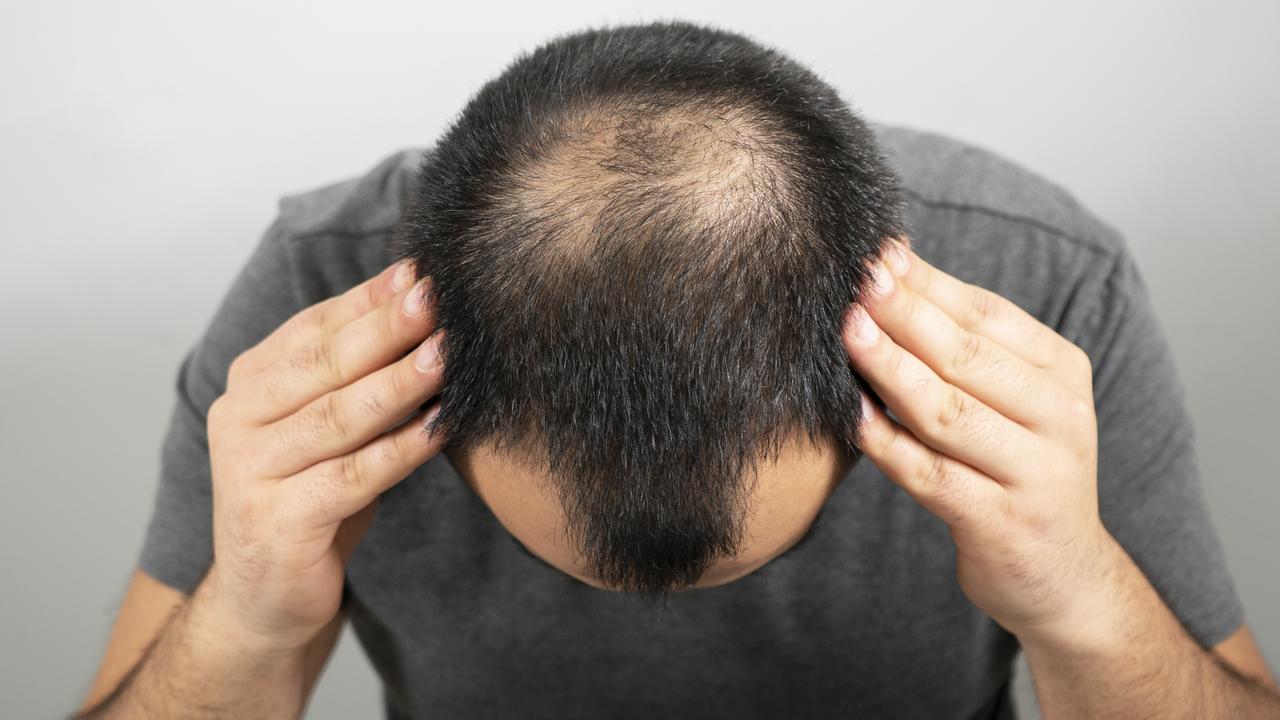Oral health care is the practice that includes brushing your teeth daily and routine dental checkups. These practices help keep the teeth healthy and prevent the growth of plaque-related bacteria. It is advisable to have a family dentist who can professionally clean your teeth. The specialist scrubs and polishes the teeth to remove any plaque or residue. Here are some practical tips to brush your teeth correctly:
Table of Contents
Find an Appropriate Toothbrush
The market has a wide range of toothbrushes, from simple plastics to high-tech varieties. The toothbrush quality may not matter as much as the technique. Excellent teeth-brushing techniques can help prevent cavities and other oral conditions. A quality of a good toothbrush includes finding one that is comfortable on your gums. Invest in a toothbrush with soft bristles if your gums are sensitive. The toothbrush bristles should be upright and firm. Get a new brush every few months. An old toothbrush with sprayed bristles may not be effective when you use it.
Use Toothpaste With Flouride
Fluoride is a chemical that is available naturally from water sources. The chemical strengthens the enamel to make teeth strong and also prevents cavities. Professionals recommend the use of fluoride-based toothpaste. You may use non-fluoride toothpaste in unique circumstances and if that is what your family dentist recommends. When brushing, supervise children that may swallow fluoride-based toothpaste. It can cause an upset stomach if swallowed in large quantities.
Refine Your Brushing Technique
Effective oral health care integrates a good toothbrush, fluoride-based toothpaste, and brushing twice daily with excellent brushing techniques. The right technique includes applying a pea-sized amount of toothpaste on your toothbrush.
Divide the gums into four sections — the upper right and left, and the lower right and left. Use 30 seconds to brush each quadrant. Hold the brush at a 90-degree angle. The toothbrush bristles should aim where the gum and teeth meet. Calculus and plaque tend to form at the gum line.
Make gentle circular motions rotating the brush around the gum line. Brush the front and back of the teeth. Once you brush all four sections, rinse your mouth to remove any residue.
Complete Regular Flossing
Regular dental floss removes food particles, built-up plaque, and bacteria from your teeth and gums. Floss cleans the space between the teeth where toothbrush bristles may not reach. Use dental floss before brushing. You can do this by curving the floss into a C-shape to hug the sides of the teeth, and then making up and down motions along the sides of the teeth. Don’t push too hard to avoid injuring your gums. You may use flossers or dental picks if you are unable to use floss.
Book an Appointment With Your Family Dentist
To maintain and improve your oral health, brush your teeth twice daily. Also, have regular professional dental checkups. A family dentist may provide comprehensive and client-centered dental care. Complete dental care may prevent tooth decay or other oral diseases. Search for a specialist that can meet all your oral health needs




